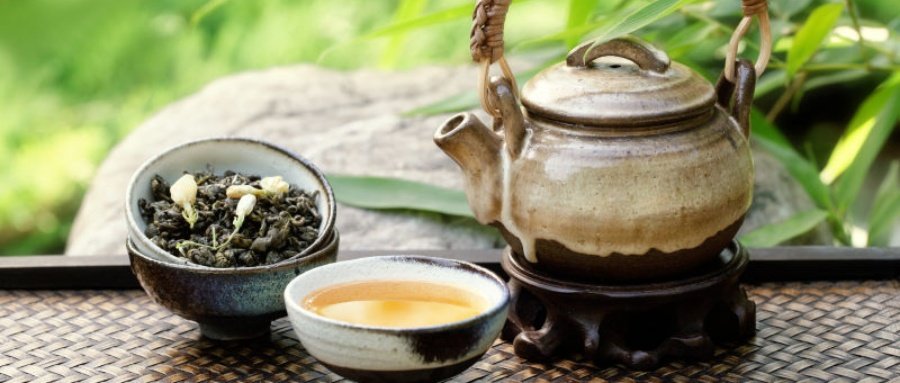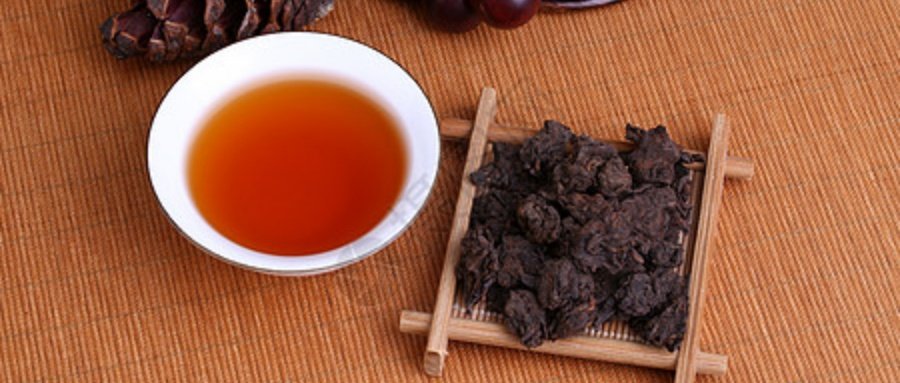In the vast and diverse world of tea, quality reigns supreme. From the delicate aroma of green tea to the robust flavors of black tea, discerning tea enthusiasts seek out the finest leaves to elevate their tea-drinking experience. But what exactly defines quality tea? Join us as we embark on a journey to demystify the art of tea appreciation and uncover the key factors to identify truly exceptional tea.

1. Appearance:
The first clue to quality tea lies in its appearance. Examine the dry leaves carefully – they should be whole, intact, and uniform in size, with vibrant coloration indicative of freshness. Avoid teas with broken or dusty leaves, as these may indicate poor handling or inferior processing techniques. Additionally, high-quality teas often exhibit downy buds or tender shoots, a sign of careful plucking and attention to detail.
2. Aroma:
Next, engage your senses and inhale deeply to savor the aroma of the dry leaves. Quality tea should possess a distinct and pleasing fragrance that reflects its varietal characteristics and terroir. Green teas may exude grassy, vegetal notes, while black teas may boast malty, fruity aromas. Pay attention to the intensity and complexity of the aroma – a rich, layered bouquet indicates a tea of exceptional quality.

3. Liquor:
Upon steeping, observe the color and clarity of the tea liquor. Quality tea will yield a clear, bright infusion with hues that correspond to its type and processing method. Green teas typically produce pale green or golden liquor, while black teas yield amber or coppery tones. Cloudiness or muddiness in the liquor may suggest impurities or improper brewing techniques, so strive for clarity and purity in your tea.
4. Flavor:
The true test of quality tea lies in its flavor profile. Take a sip and allow the tea to linger on your palate, noting the balance, complexity, and depth of flavor. Quality tea should exhibit a harmonious interplay of taste sensations, with nuanced notes that unfold gradually with each sip. Green teas may showcase grassy, vegetal flavors with hints of sweetness, while black teas may offer robust, malty tones with a lingering finish. Look for teas that evoke a sense of pleasure and satisfaction, leaving you craving another cup.
5. Aftertaste:
Lastly, pay attention to the lingering aftertaste or “finish” of the tea. Quality tea will leave a clean, refreshing sensation on the palate, with a pleasant aftertaste that lingers long after the last sip. Avoid teas with bitter or astringent notes, as these may indicate over-brewing or poor leaf quality. Instead, seek out teas that leave you feeling invigorated and rejuvenated, with a desire to savor the moment.

Identifying quality tea is both an art and a science, requiring keen observation, sensory appreciation, and a discerning palate. By examining the appearance, aroma, liquor, flavor, and aftertaste of tea, you can unlock the secrets of exceptional quality and elevate your tea-drinking experience to new heights. So, the next time you brew a cup of tea, take a moment to appreciate the craftsmanship and dedication that went into creating a truly exceptional brew.
